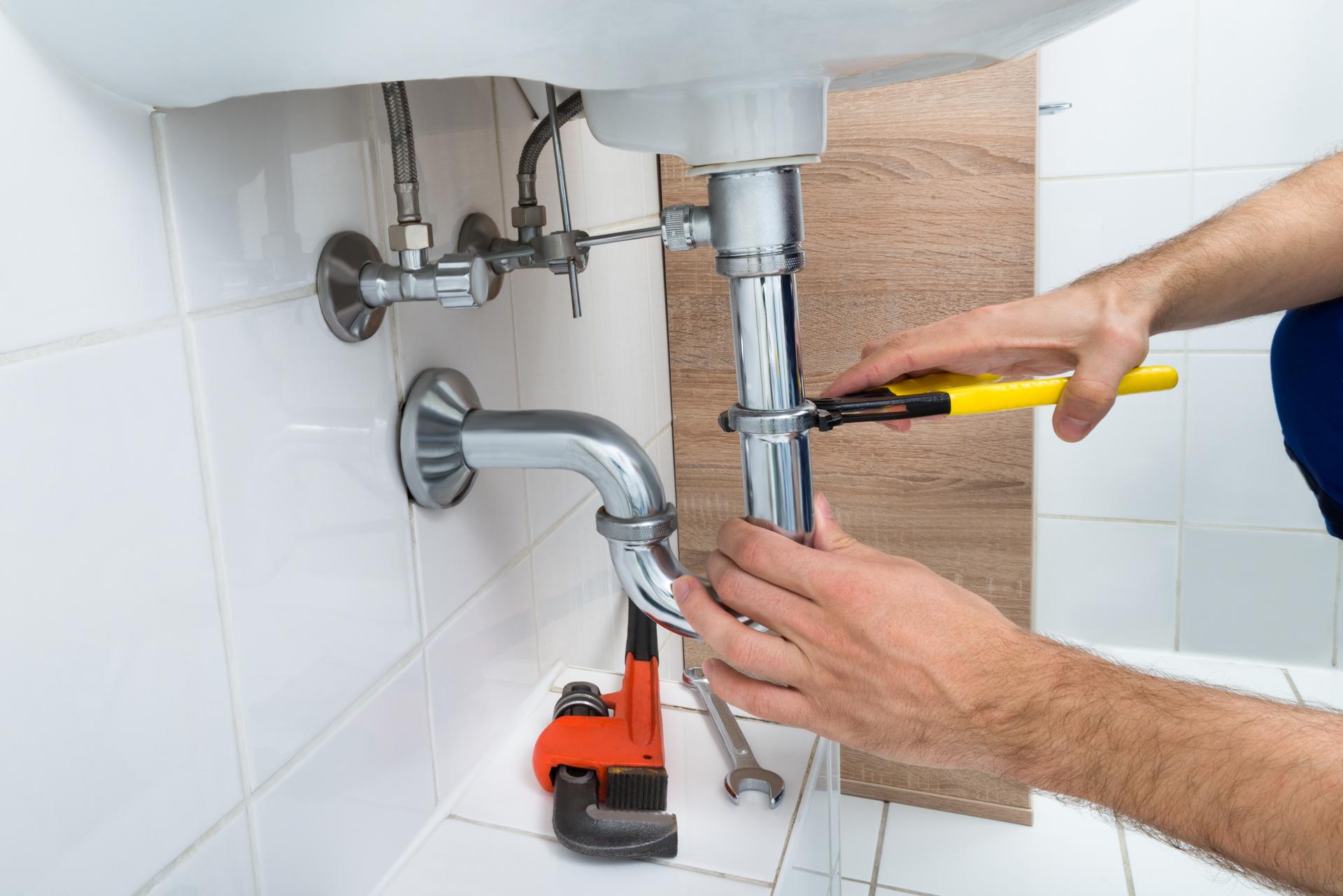Everything You Need to Know About Replacing Your Plumbing: What to Expect and When

Plumbing is an integral part of any home and provides us with safe water for cooking, drinking and cleaning, as in the process of disposing of wastewater. Like any other system in your home, plumbing will eventually get old and need to be replaced.
Being aware of when it’s time upgrade your plumbing vital to prevent expensive repairs and to avoid health risks. In this article, we’ll go over the indicators that show that your plumbing requires to be replaced, what you should consider prior to replacing your plumbing the procedure for replacing your plumbing as well as the benefits in replacing the plumbing, and a section on FAQs to answer any questions you may have.
Signs that it’s Time to upgrade your plumbing
There are a variety of indicators that suggest your plumbing needs to be repaired, such as leaks If you see water stains or puddles around your home, it’s likely to be a indication of a leak in your plumbing. Leaks can cause serious structural damage to your home and can lead to the growth of mold, so it’s essential to address them promptly. Rust: Rusty pipes are an obvious sign that your plumbing requires to be replaced. Rust could contaminate your water supply and make it unsafe to drink or cook with. Low water pressure: If your showerheads and faucets produce weak flow of water is a sign of low water pressure, which is caused by blocked pipes or corroded pipes. Water discoloration: Water that is discolored like yellow or brown, could be the result of sediment or rust buildup in your pipes. This could affect the taste and quality of your water. It could also be a sign of the need for a plumbing repair.
Factors to Consider Before Replacing the plumbing
When replacing your plumbing, there are several aspects to take into consideration, such as the age of your plumbing system: Plumbing systems have a lifespan of around 50 years, so if your home is more than this, then it’s most likely that it’s time to replace. Cost of replacement: Replacing your plumbing can be costly, and it’s important to budget for the expense. Severity of plumbing problems If the plumbing problems are extensive and affecting several areas of your house, replacement may be the most effective option.
What can you expect during the Plumbing Replacement Process
The plumbing replacement process involves various steps, which include: Shutting off the water supply Your plumber must shut off the water supply to your home to prevent any leaks or water damage. Removal of old pipes Old pipes need to be removed, which may require cutting into walls or floors. Installation of new pipes New pipes are installed, which might require rerouting to ensure proper water flow. The time frame for the plumbing replacement process will depend on the dimensions of your house and the difficulty of the project. Homeowners should expect disruptions throughout the process, such as water shut-offs, and possibly destruction to floors and walls.
Benefits of replacing plumbing
Replacing your plumbing can provide a variety of benefits, including: Increased water efficiency: New plumbing fixtures and pipes can be more effective, reducing your water usage and lowering your utility bills. Improved water quality: Replacing older, corroded pipes new ones will improve the water quality and make it safe for drinking and cooking. Lower risk of plumbing issues The new plumbing will be less likely to create leaks or clogs, reducing the need for expensive repairs in the future.
Conclusion
Replacing your plumbing is an expensive purchase, but it’s vital to ensure your home’s safety and comfort. If you know the indicators that tell you your plumbing is in need to be replaced, taking into consideration the factors before replacement, and knowing what to expect from the replacement process, you’ll be able to make an informed decision about the plumbing of your home. Be aware that replacing your plumbing will provide many advantages, including improved efficiency in water use, improved water quality and less risk of future plumbing problems.
FAQ Section
How much does it cost to replace plumbing?
The cost of replacing your plumbing will be contingent on several factors, including the size of your home as well as the complexity of the project, and the type of materials employed. In the average, homeowners will need to pay between $5,000 to $10,000 for a total house plumbing replacement.
How long does it take to change the plumbing?
The time frame for plumbing replacement will vary based on the size of your home and the complexity of the task. In general, a complete plumbing repair can take anywhere from two and four weeks.
Do I need to change my plumbing if there’s an issue with my plumbing?
If you’re experiencing a single water leak within your pipes, it might not need a full replacement. If you’re experiencing multiple leaks or notice other signs of plumbing problems, replacing may be the best option.
Can I replace my plumbing myself?
Replacing your plumbing is a complex task that should be delegated to an experienced plumber. Doing it yourself could result in costly errors as well as security risks.
What kind of pipes should I use for my plumbing replacement?
There are several types of plumbing pipes for replacement, including copper, PVC, and PEX. Your plumber will recommend the most suitable type of pipes for your particular requirements and budget. The conclusion is that changing your pipes is a crucial decision to make with care. When you know the signs that suggest your plumbing requires replacing, considering the various factors that can affect replacing and understanding what to expect during the plumbing replacement process, you can make an informed choice about the plumbing in your home. A professional plumber will guide you through the process and guarantee the success of your plumbing replacement.
